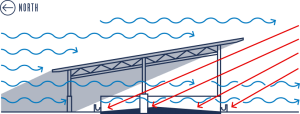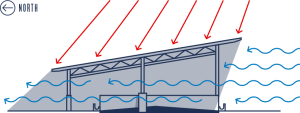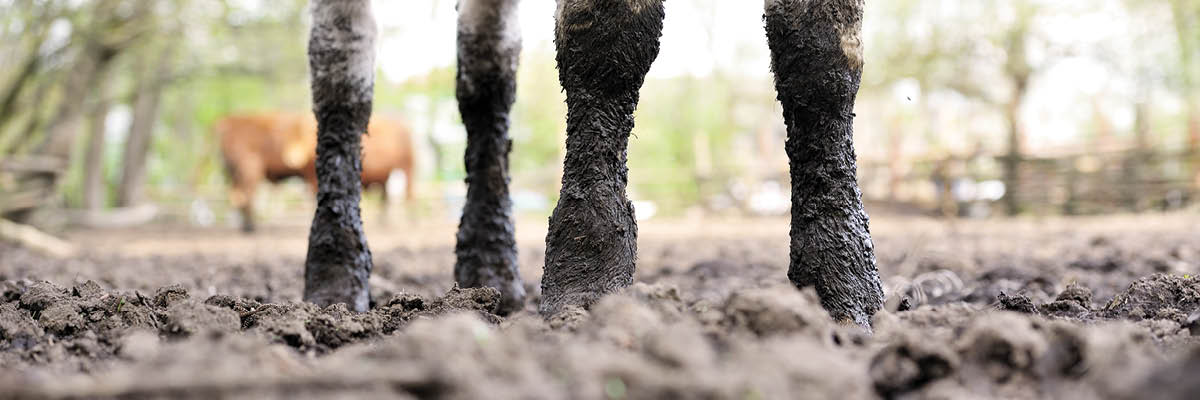The Costs of Mud and Other Springtime Stresses on the Cow Calf Herd
People in agriculture are hard-wired to get excited when the calendar page turns, and winter departs. But along with the arrival of spring is a not-so welcomed management challenge. It is the very product of those warmer temperatures and spring rains – mud.
 When combined with windy, wet (snow, freezing rain, rain, etc.), extremes in temperatures (warm or cold), and/or extreme swings in temperatures, muddy conditions are a source of considerable stress to cattle. Cows and calves are exceptionally prone to stress complications from muddy conditions.
When combined with windy, wet (snow, freezing rain, rain, etc.), extremes in temperatures (warm or cold), and/or extreme swings in temperatures, muddy conditions are a source of considerable stress to cattle. Cows and calves are exceptionally prone to stress complications from muddy conditions.

Animals respond to cold stress by increasing their metabolic rate. This boost in heart rate, respiration and blood flow, and the subsequent shunting of blood from extremities to their core is an attempt to maintain vital organ function. This type of stress ultimately can result in cows losing weight and body condition.
It can also result in heavier birthweight in calves, which can also increase dystocia. Neonatal losses can be increased due to hypothermia. Mud can contaminate udders and/or contribute to reduced colostrum consumption.
Spring and fall can also be challenging seasons for the cow herd because wind, wet, cold, muddy conditions negate the natural insulation value of the hair coat. In the spring, wet and muddy condition can also contaminate udders and lead to health challenges of newborn calves (navel infections, scours, etc.).
Mud impacts animal performance two ways:
- By reducing dry matter intake
- By increasing energy requirements for maintenance.
With 4-8 inches of mud present, dry matter is reduced by 15 percent. Where mud depth is greater than 8 inches, dry matter intake is reduced by 30 percent. During spring calving, when late-gestation and early lactation cow nutritional requirements are high, reduced dry matter intake due to mud can further challenge cows and calves alike.
Wind chill is often a factor in these muddy wet conditions. Cattle feel wind chill stress from cold temperatures, but also when hides are wet, and temperatures are above freezing.
A clean, dry hair coat and protection from the wind is a management strategy that helps minimize supplemental feed costs and optimizes both animal performance and animal well-being.
Cattle producers can mitigate the negative stress effects of cold and mud to some extent with proper planning, facility design and good management practices.
Ready to learn more about our facilities? Request your FREE Improving Cattle Profits Info Kit Now.
Do you have more questions that are not covered in this article? If you need help designing and planning, please contact Summit Livestock Facilities at 800.213.0567 or click here to email us. If you are ready to get a price, click here to request a quote and a member of our customer engagement team will help you determine the next steps of your project.


